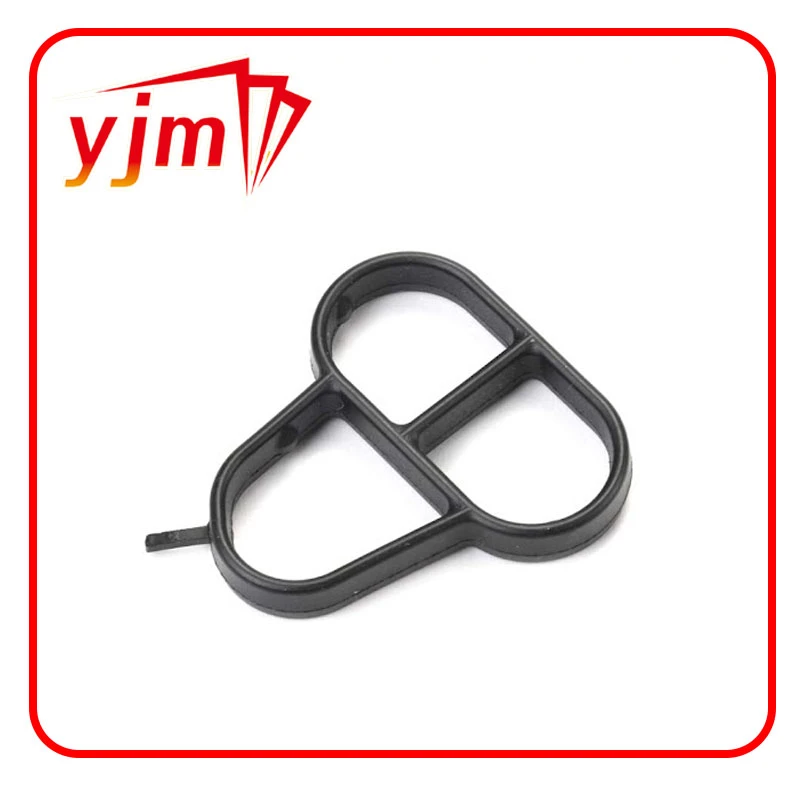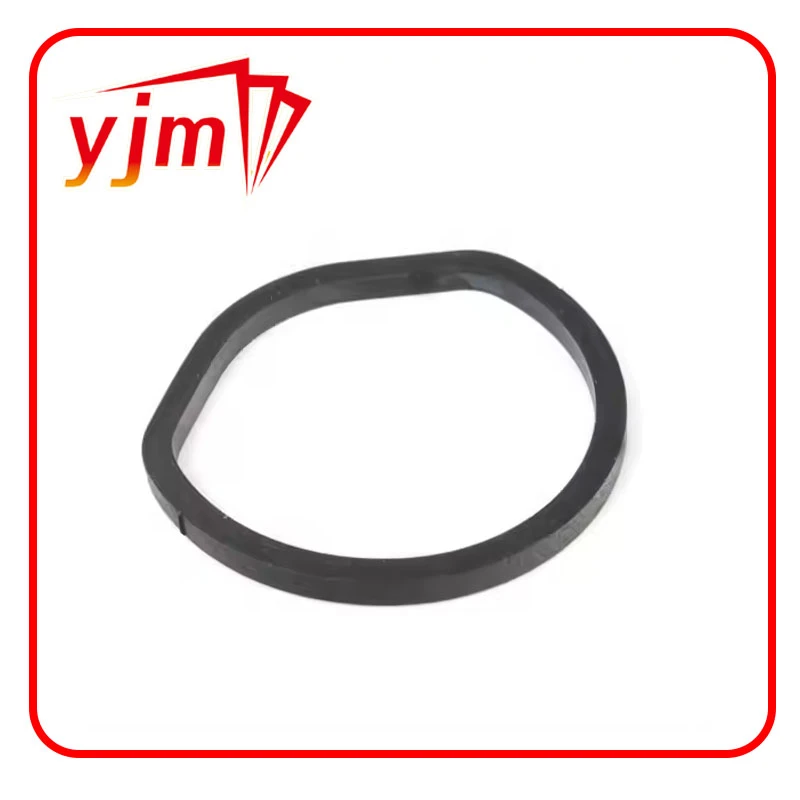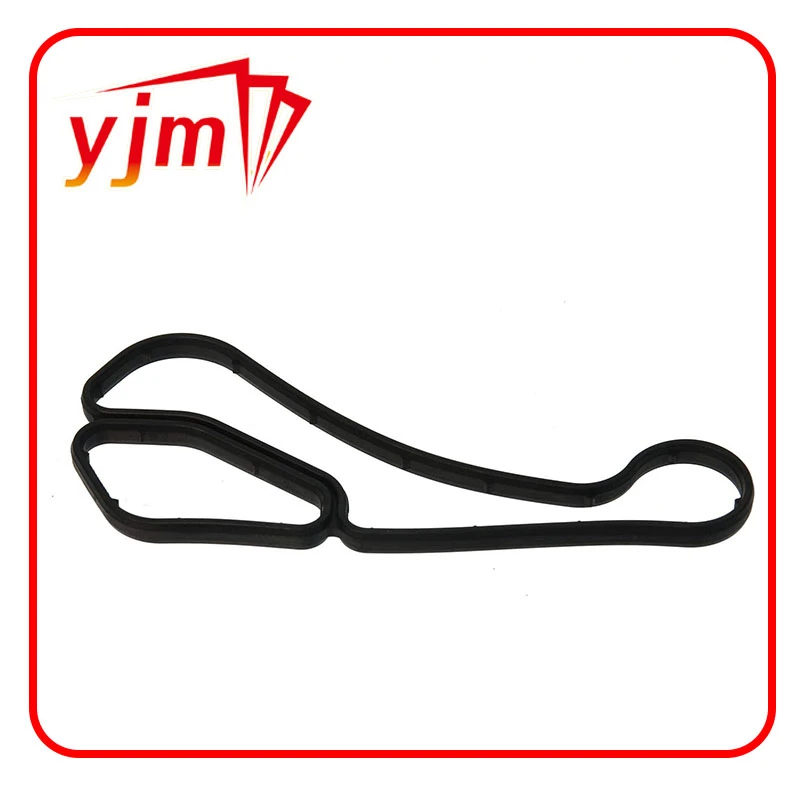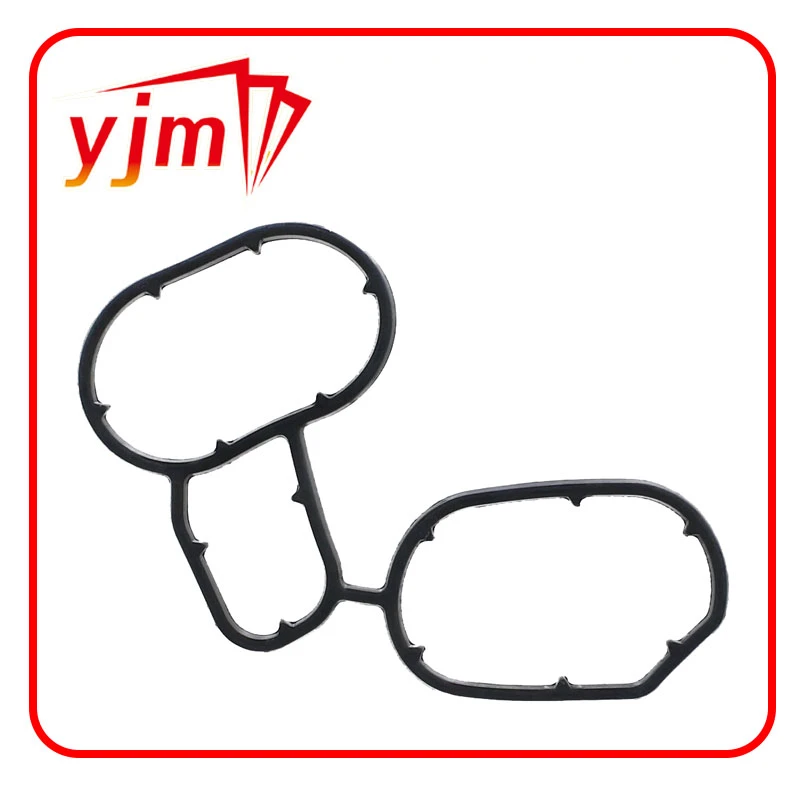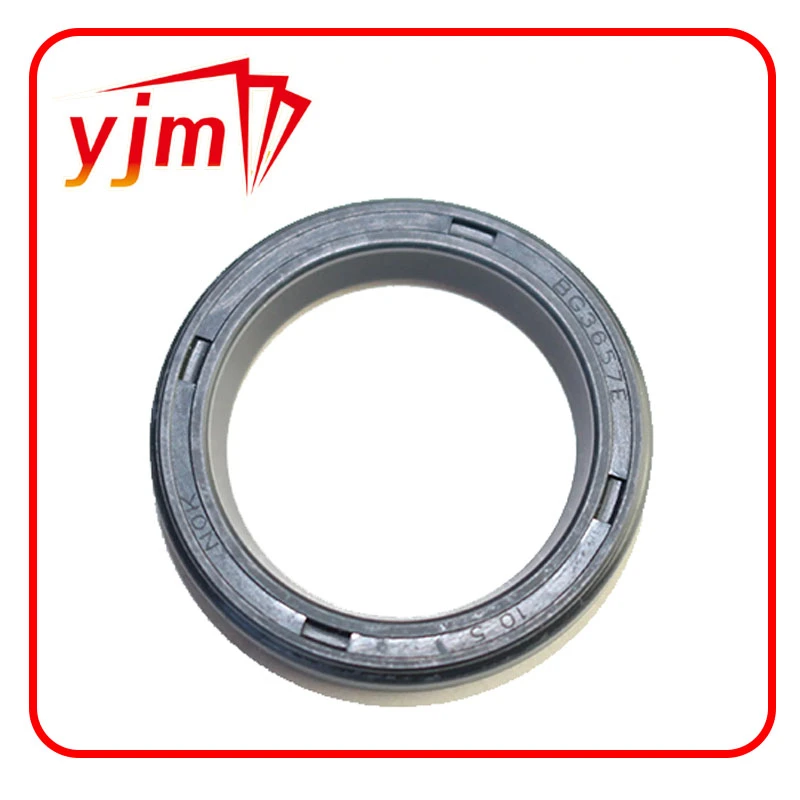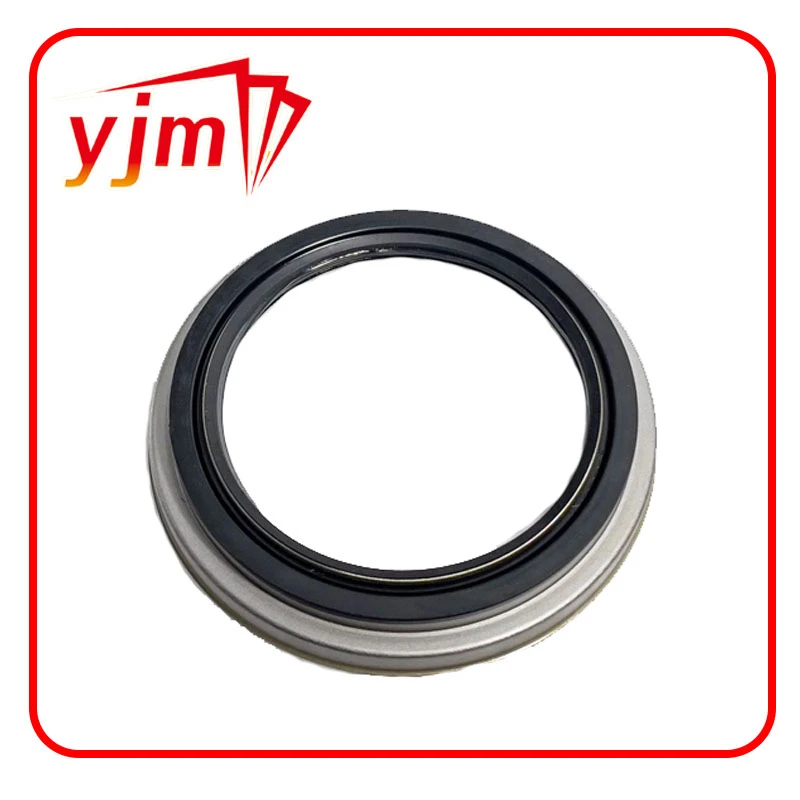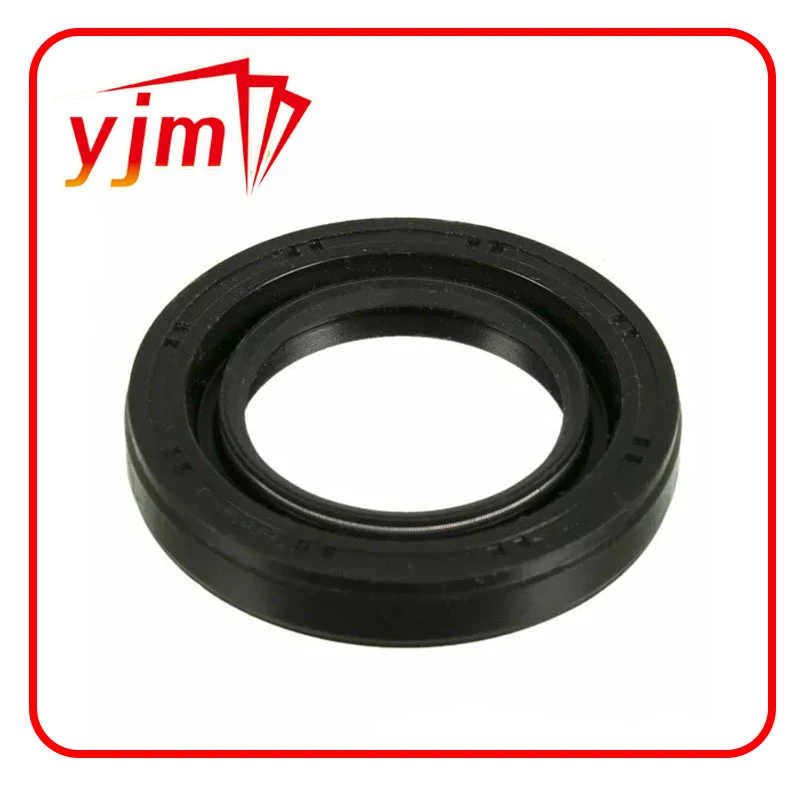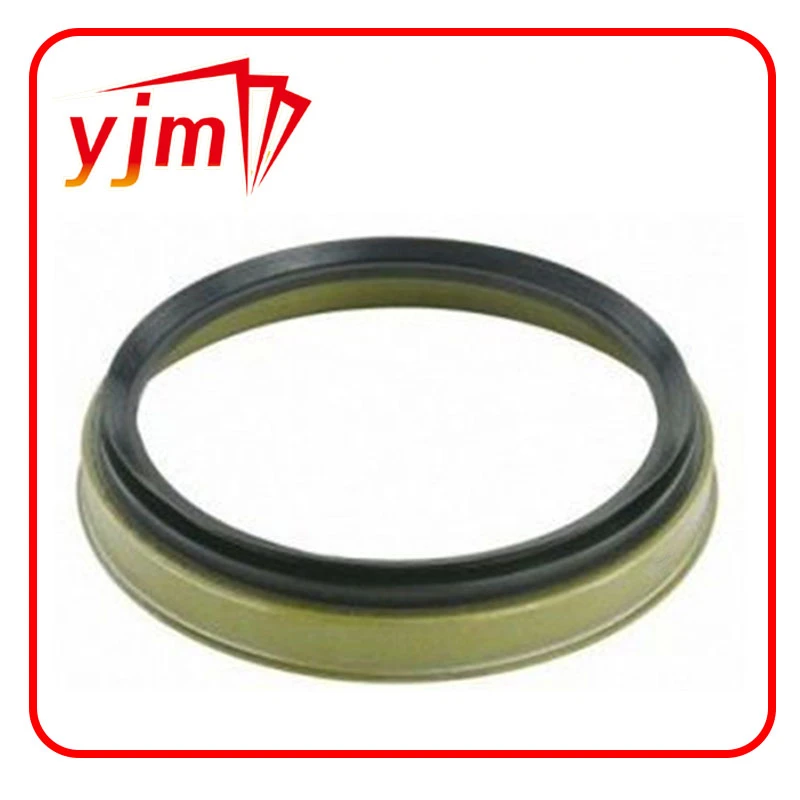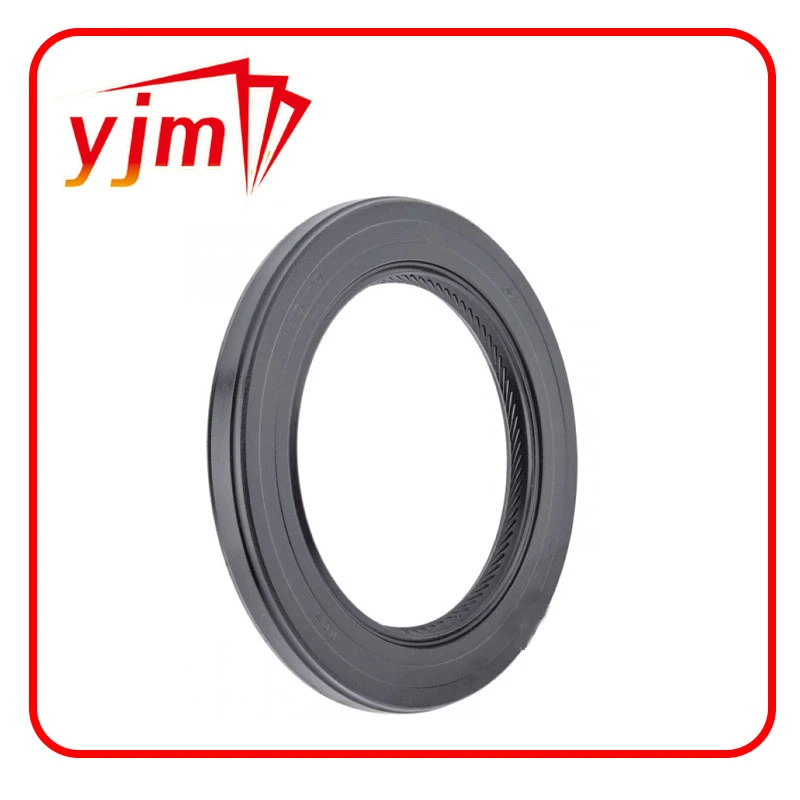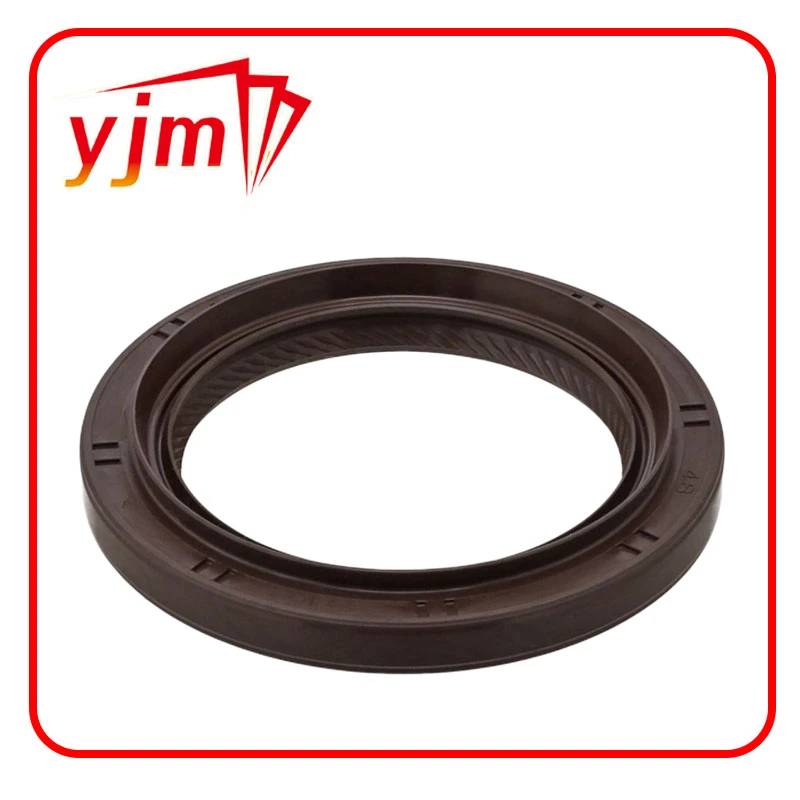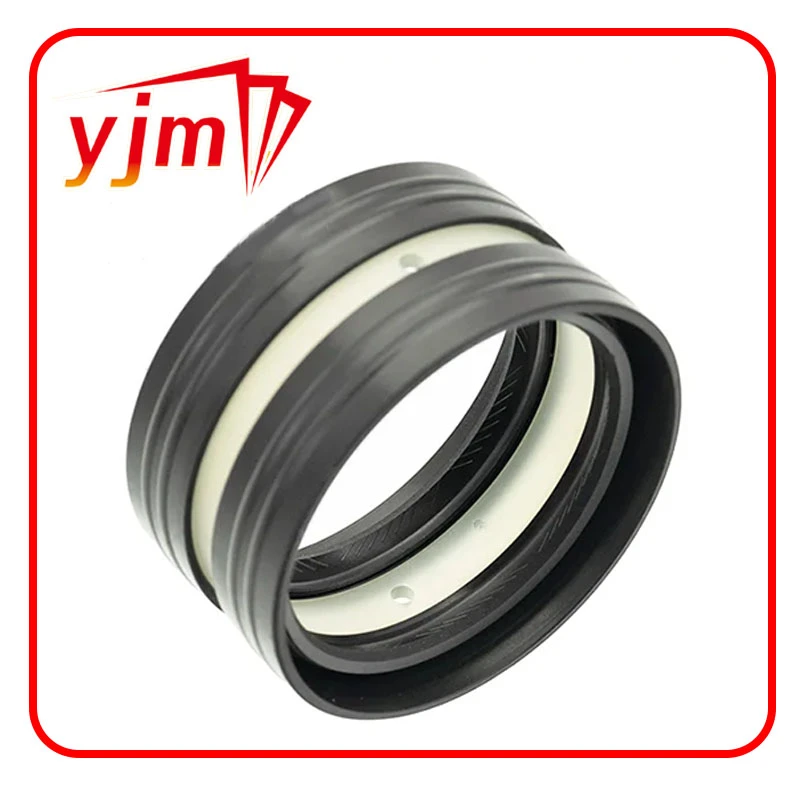gasket flat
The Importance of Gasket Flats in Engineering Design
When it comes to engineering design, the details matter significantly. One of these critical details is the gasket flat, a component often overlooked in discussions about sealing technology. The gasket flat refers to the flat surface on which a gasket is placed to create a tight seal between two surfaces in machinery, a crucial aspect in ensuring the integrity and efficiency of various systems.
Gaskets are essential in numerous applications, including automotive, aerospace, and industrial machinery. Their primary function is to prevent leaks of fluids and gases, which can be detrimental to system performance and safety. The surfaces on which these gaskets are mounted, known as gasket flats, play a vital role in achieving this goal. Properly designed and maintained gasket flats ensure that the gasket can compress adequately, forming a seal that withstands the pressures and temperatures of operations.
Design Considerations for Gasket Flats
The design of gasket flats involves several considerations. One of the most important is the flatness of the surface. An uneven or poorly machined gasket flat can lead to irregular compression of the gasket, resulting in inadequate sealing and potential leak paths. Engineers use various measuring tools and techniques, such as surface plates and dial indicators, to ensure the flatness of these surfaces during the manufacturing process.
Another factor is the material of the gasket flat
. Depending on the application, materials like steel, aluminum, or even plastics may be used. Each material has its properties, including thermal expansion rates and resistance to corrosion, which can affect the performance of the gasket seal. The selection of material should consider not only the mechanical strength but also the environmental conditions the assembly will face.gasket flat
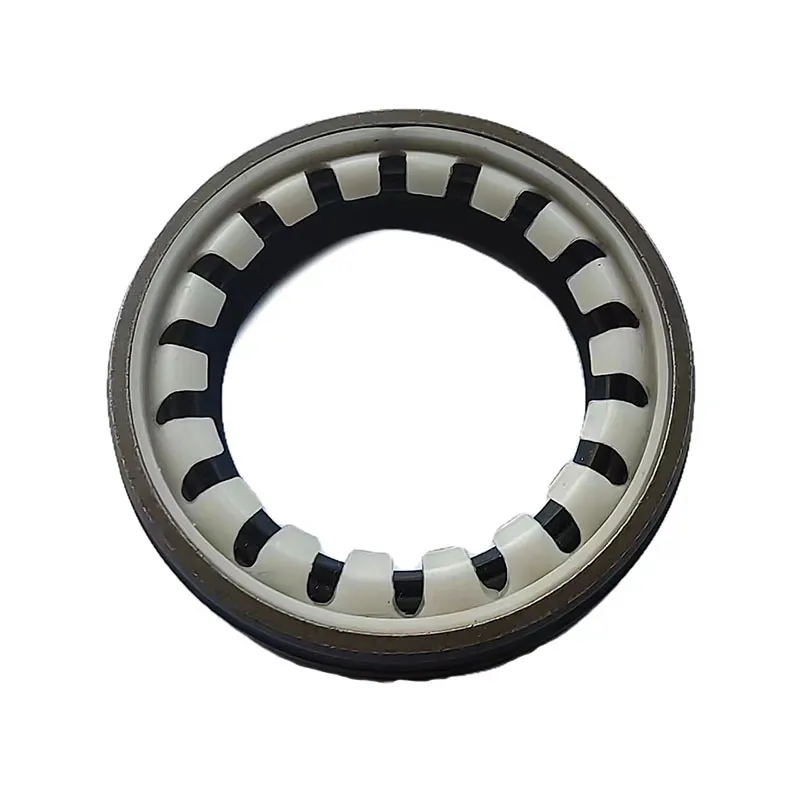
Applications and Benefits of Gasket Flats
Gasket flats are ubiquitous in numerous industries. In the automotive sector, for example, they are found in engines, transmission systems, and fuel systems. In these applications, the prevention of leaks is not merely a question of efficiency; it is also critical for safety and environmental compliance. Well-designed gasket flats contribute to proper engine performance and longevity, reducing the need for maintenance and repairs.
In the aerospace industry, where thousands of feet above ground the consequences of a leak can be dire, gasket flats must adhere to strict standards. Precision in flatness and materials is essential to ensure the safety of both the aircraft and its passengers. The high-performance environment dictates the use of advanced materials and machining processes to create the ideal gasket flat.
Industrial machinery also benefits from the proper design of gasket flats. In pipelines carrying gases or liquids, a tight seal is essential to prevent leaks that could lead to environmental hazards or economic losses. In this context, the integrity and reliability of gasket flats take center stage, highlighting their importance in operational efficiency and safety.
Conclusion
In summary, gasket flats are a foundational aspect of gasket sealing technology. Their design directly affects the performance of gaskets in diverse applications, from automotive engines to aerospace systems. As industries continue to innovate and demand higher performance levels, the attention to detail in the design and machining of gasket flats will only grow. For engineers and designers, understanding the significance of gasket flats is crucial in creating reliable and efficient systems that function correctly and safely under a variety of conditions. In the ongoing pursuit of engineering excellence, the humble gasket flat stands out as a testament to the importance of precision in design and execution.
-
Simplifying Oil Changes: A Comprehensive Guide to Oil Drain Plugs and Their Variants
News Aug.04,2025
-
Mastering Oil Drain Maintenance: Solutions for Stripped, Worn, and Upgraded Oil Plugs
News Aug.04,2025
-
Fixing Oil Pan Plug Issues: Leaks, Stripped Nuts, and the Right Replacement Solutions
News Aug.04,2025
-
Everything You Need to Know About Oil Drain Plugs: Sizes, Fixes, and Upgrades
News Aug.04,2025
-
Choosing the Right Oil Drain Plug: A Guide to Sizes, Materials, and Drain Innovations
News Aug.04,2025
-
A Complete Guide to Automotive Drain Plugs: Types, Problems, and Innovative Solutions
News Aug.04,2025
-
The Ultimate Guide to Car Repair Kits: Tools and Essentials Every Driver Should Own
News Aug.01,2025
Products categories

